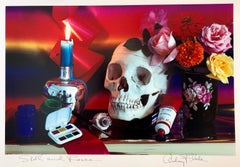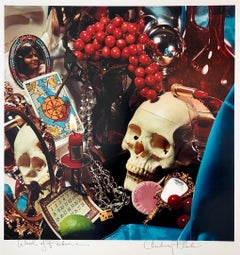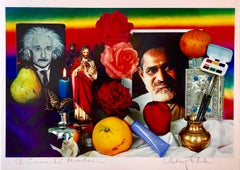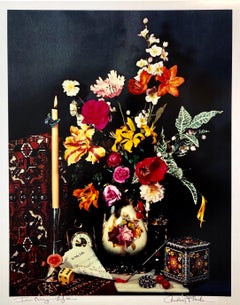Lions Gallery Photography
1980s Photorealist Color Photography
Photographic Paper, C Print, Dye Transfer
1980s Photorealist Color Photography
Photographic Paper, C Print, Dye Transfer
1980s Photorealist Color Photography
Photographic Paper, C Print, Dye Transfer
1980s Photorealist Color Photography
Photographic Paper, C Print, Dye Transfer
1980s Photorealist Color Photography
Photographic Paper, C Print, Dye Transfer
1980s Photorealist Color Photography
Photographic Paper, C Print, Dye Transfer
1980s Photorealist Color Photography
Photographic Paper, C Print, Dye Transfer
1980s Photorealist Color Photography
Photographic Paper, C Print, Dye Transfer
1980s Photorealist Color Photography
Photographic Paper, C Print, Dye Transfer
1970s Modern Black and White Photography
Silver Gelatin
1990s American Modern Color Photography
C Print
1960s Abstract Black and White Photography
Silver Gelatin
1960s Arte Povera Figurative Prints
Lithograph
1980s American Modern Color Photography
C Print
1990s American Modern Color Photography
C Print
Early 2000s Post-Modern Color Photography
Photographic Paper, Color
Mid-20th Century American Modern Black and White Photography
Black and White, Silver Gelatin
Mid-20th Century American Modern Black and White Photography
Black and White, Silver Gelatin
1990s American Modern Black and White Photography
Black and White, Silver Gelatin
1990s Contemporary Black and White Photography
Silver Gelatin
1990s Realist Black and White Photography
Silver Gelatin
1990s Realist Black and White Photography
Silver Gelatin
1970s Modern Abstract Prints
Screen
1970s Modern Abstract Prints
Screen
1970s Modern Abstract Prints
Screen
Early 2000s American Modern Color Photography
C Print
Early 2000s American Modern Color Photography
C Print
Early 2000s American Modern Color Photography
C Print
Early 2000s American Modern Color Photography
C Print
Early 2000s American Modern Color Photography
C Print
Early 2000s American Modern Color Photography
C Print
Early 2000s American Modern Color Photography
C Print
Early 2000s American Modern Color Photography
C Print
Early 2000s American Modern Color Photography
C Print
Early 2000s American Modern Color Photography
C Print
Early 2000s American Modern Color Photography
C Print
Early 2000s American Modern Color Photography
C Print
Early 2000s American Modern Color Photography
C Print
Early 2000s American Modern Color Photography
C Print
Early 2000s American Modern Black and White Photography
Platinum
Early 2000s American Modern Black and White Photography
Platinum
1970s Modern Abstract Prints
Screen
1980s Arte Povera Photography
Photographic Paper, C Print
1990s American Modern Color Photography
C Print
Early 2000s American Modern Color Photography
C Print
Early 2000s American Modern Color Photography
C Print
Early 2000s American Modern Color Photography
C Print
Early 2000s American Modern Color Photography
C Print
Early 2000s American Modern Color Photography
C Print
Early 2000s American Modern Color Photography
C Print
Early 2000s American Modern Color Photography
C Print
Early 2000s American Modern Color Photography
C Print
Early 2000s American Modern Color Photography
C Print
Early 2000s American Modern Color Photography
C Print
Early 2000s American Modern Color Photography
C Print
Early 2000s American Modern Color Photography
C Print
Early 2000s American Modern Color Photography
C Print
1970s Modern Abstract Prints
Screen
Mid-20th Century American Modern Landscape Photography
Silver Gelatin
Mid-20th Century American Modern Landscape Photography
Silver Gelatin





